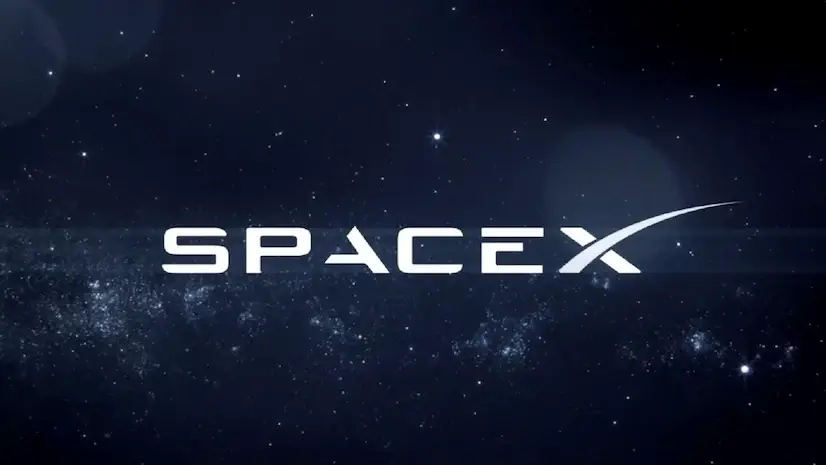SpaceX's Axiom Mission 4 (Ax-4), the fourth private astronaut mission to the International Space Station (ISS) in partnership with Axiom Space and NASA, has faced recent delays. Originally scheduled for launch in early June 2025, the mission has been postponed multiple times due to a combination of technical issues and unfavorable weather conditions.
Initially, the launch, which was supposed to occur on June 11, 2025, encountered a setback when a liquid oxygen (LOx) leak was detected in the Falcon 9 rocket during post-static fire inspections. SpaceX decided to "stand down" from the launch to allow additional time for repairs, prioritizing the mission's safety and integrity. ISRO recommended that in-situ repairs or replacements be carried out, followed by a low-temperature leak test to validate system performance before launch clearance.
Adding to the complications, a "new pressure signature" was detected in the Zvezda service module, part of the Russian segment of the ISS. NASA is collaborating with Roscosmos to evaluate the situation and determine if further troubleshooting is necessary. This module is essential as it is a gateway that connects a docking port to the main living areas. Given these factors, the launch has been further postponed.
Despite these delays, Axiom Mission 4 is poised to mark a significant step forward in commercial spaceflight and international collaboration. Commanded by former NASA astronaut Peggy Whitson, now the director of human spaceflight at Axiom Space, the mission also includes pilot Shubhanshu Shukla from the Indian Space Research Organisation (ISRO), and mission specialists Sławosz Uznański-Wiśniewski, a European Space Agency (ESA) project astronaut from Poland, and Tibor Kapu of Hungary. The mission is set to lift off from Launch Complex 39A at NASA's Kennedy Space Center in Florida, utilizing the SpaceX Dragon spacecraft atop a Falcon 9 rocket.
Notably, Ax-4 marks the debut of SpaceX's fifth and final Crew Dragon spacecraft, tail number C213. SpaceX has billed this as its last Dragon capsule, incorporating improvements such as updated storage areas and enhanced propulsion systems for increased reliability and reusability. While this is the last of the Dragon capsules, NASA and SpaceX are considering extending the flight capabilities of the Dragon beyond the current limit of five flights.
The Ax-4 crew will conduct over 60 scientific experiments and demonstrations during their approximately two-week stay on the ISS. These experiments will span various fields, including human research, Earth observation, and life, biological, and material sciences. A significant aspect of the mission is its emphasis on international collaboration, with research and science-related activities representing 31 countries, including the U.S., India, Poland, Hungary and others.
The mission holds particular significance for India, Poland, and Hungary, representing each nation's first mission to the space station and second government-sponsored human spaceflight mission in over 40 years. Shubhanshu Shukla will be the second Indian astronaut to go to space since 1984, and Sławosz Uznański-Wiśniewski and Tibor Kapu will be the second astronauts from Poland and Hungary since 1978 and 1980, respectively.

















